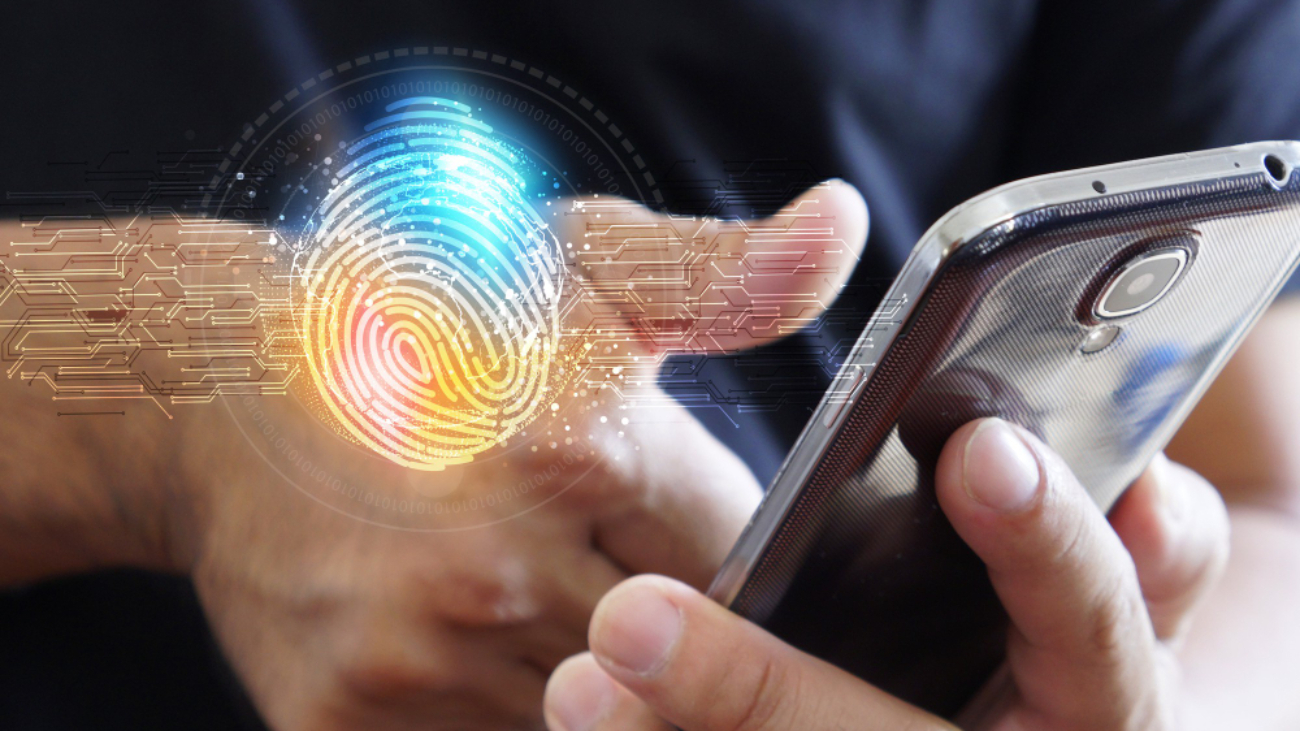Biometric authentication involves using distinctive biological or behavioral traits to verify an individual’s identity stated Bahaa Abdul Hussein. Examples of biometric characteristics include fingerprints, facial features, iris patterns, voice, and even unique typing patterns. Unlike traditional authentication methods like passwords or PINs, biometric authentication provides a more personalized and difficult-to-forge approach.
Wearable Devices And Biometric Authentication
Wearable devices, such as smartwatches and fitness trackers, have become increasingly popular in recent years. These devices offer a range of functionalities, including health monitoring, communication, and mobile payment capabilities. To enhance security and convenience, many wearable devices now incorporate biometric authentication features.
Enhancing Security
Biometric authentication on wearable devices improves security compared to traditional authentication methods. Passwords and PINs can be forgotten, stolen, or hacked, making them vulnerable to unauthorized access. Biometric traits, on the other hand, are unique to each individual and difficult to replicate.
For instance, a smartwatch equipped with a fingerprint sensor allows users to unlock the device or authorize transactions by simply placing their finger on the sensor. This ensures that only authorized users can access the device or perform sensitive actions.
Convenience and User Experience
In addition to heightened security, biometric authentication on wearable devices offers a significant boost in convenience and user experience. Traditional authentication methods require users to remember and enter passwords or PINs. This can be time-consuming and prone to errors.
By integrating biometric authentication on wearable devices, users can quickly and effortlessly authenticate themselves. For example, a smartwatch with facial recognition technology can unlock itself by scanning the user’s face, eliminating the need to enter any passwords.
Challenges and Considerations
While biometric authentication on wearable devices offers numerous benefits, it also poses some challenges and considerations. The privacy and security of biometric data is a primary concern. Wearable device manufacturers must employ robust encryption and secure storage mechanisms to protect biometric information from unauthorized access or misuse.
Furthermore, there is a need for continuous improvement in the accuracy and reliability of biometric sensors. Factors such as environmental conditions, changes in physical appearance, or physiological variations can affect the performance of biometric authentication. Wearable device manufacturers must invest in research and development to enhance the accuracy and robustness of biometric authentication systems.
Conclusion
Biometric authentication on wearable devices represents a significant step forward in the realm of secure and convenient user authentication. The integration of biometric traits, such as fingerprints, facial features, and voice recognition, enhances security by providing unique and difficult-to-replicate identifiers. It improves user experience by streamlining the authentication process and reducing reliance on traditional methods like passwords.
Thank you for your interest in Bahaa Abdul Hadi blogs. For more information, please visit www.bahaaabdulhadi.com







